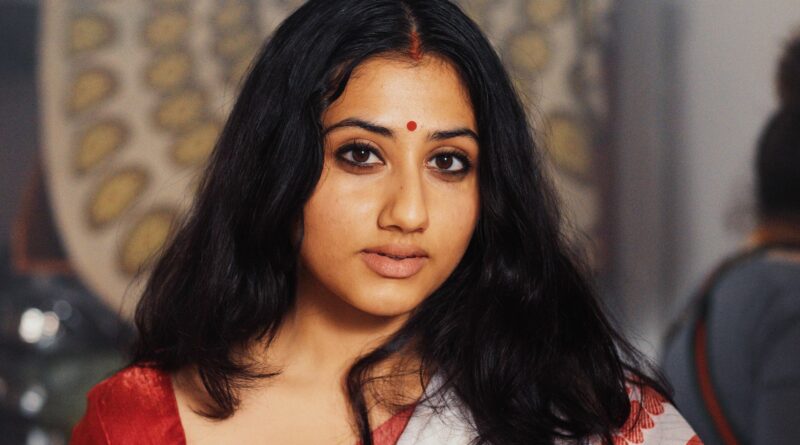Looking in the mirror: How these 5 female-led films dissect global issues women face today
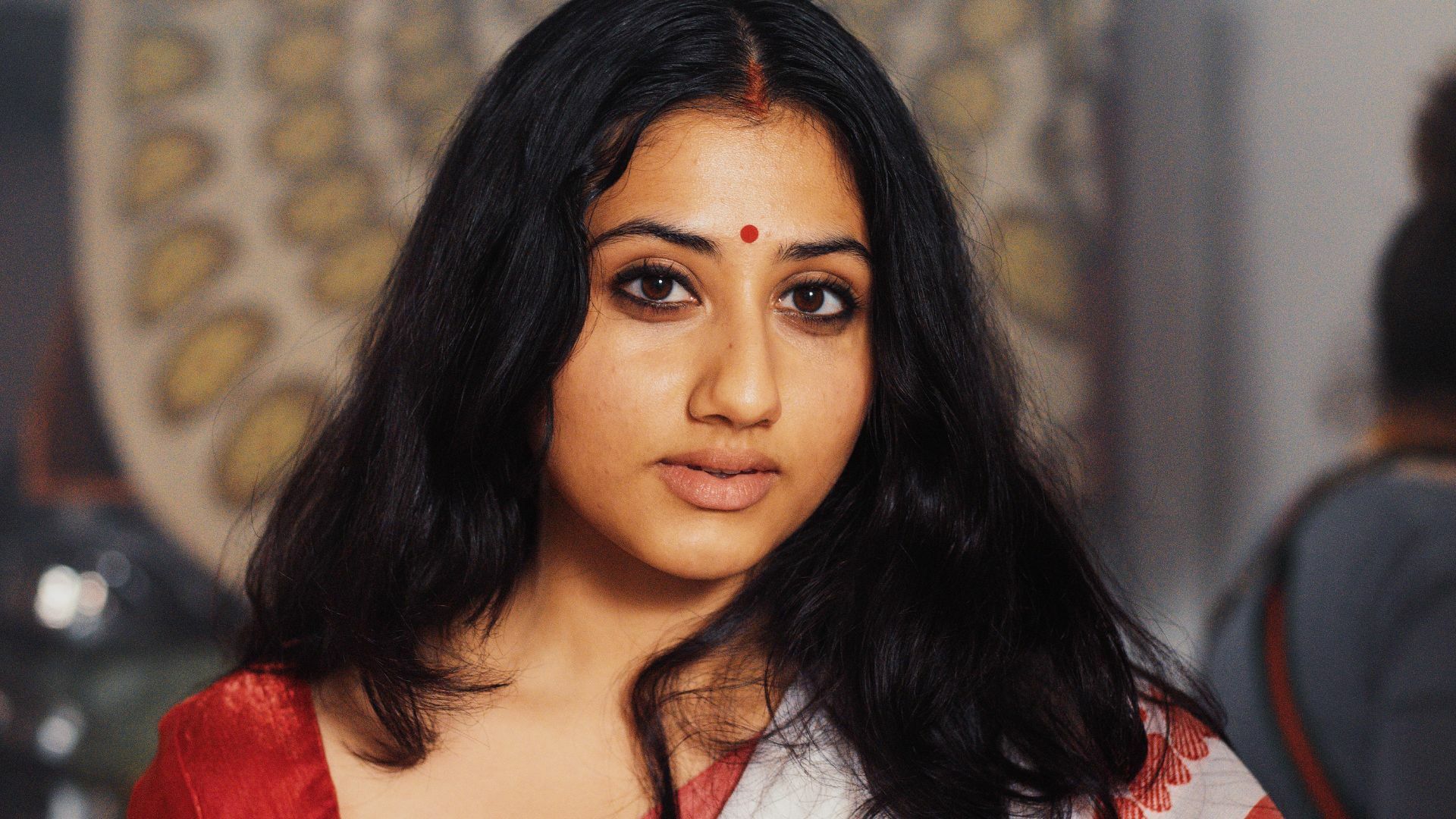
“For years, more than half of us have been excluded, unfavored, and bound by the fate of of our genders,” a voice echoes in the opening seconds of In Bloom, a new film anthology released in celebration of Women’s History Month. Various vignettes then appear on the screen, of women around the world. A girl holds up a sanitary pad. Another woman places figurines on a cake. A supposedly defiant teenage girl locks herself in the bathroom, refusing to come out.
The introduction to In Bloom is uplifting, colorful, and real, as are the short films that follow. Streaming on Paramount+, the anthology was born from a collaboration between MTV’s Staying Alive Foundation and Paramount’s Content for Change initiative, supported by the Bill and Melinda Gates Foundation. Bringing together five female filmmakers from five different countries, each short film lasts minutes, but probes some of the most pressing contemporary issues women face around the world.
The directors — Nicole Teeny, Priyanka Banerjee, Giuliana Monteiro, Voline Ogutu, and Dolapo ‘LowlaDee’ Adeleke — dissect subjects close to the cultures of their respective countries, ranging from period poverty to to unpaid care work to HIV stigma to child marriage.
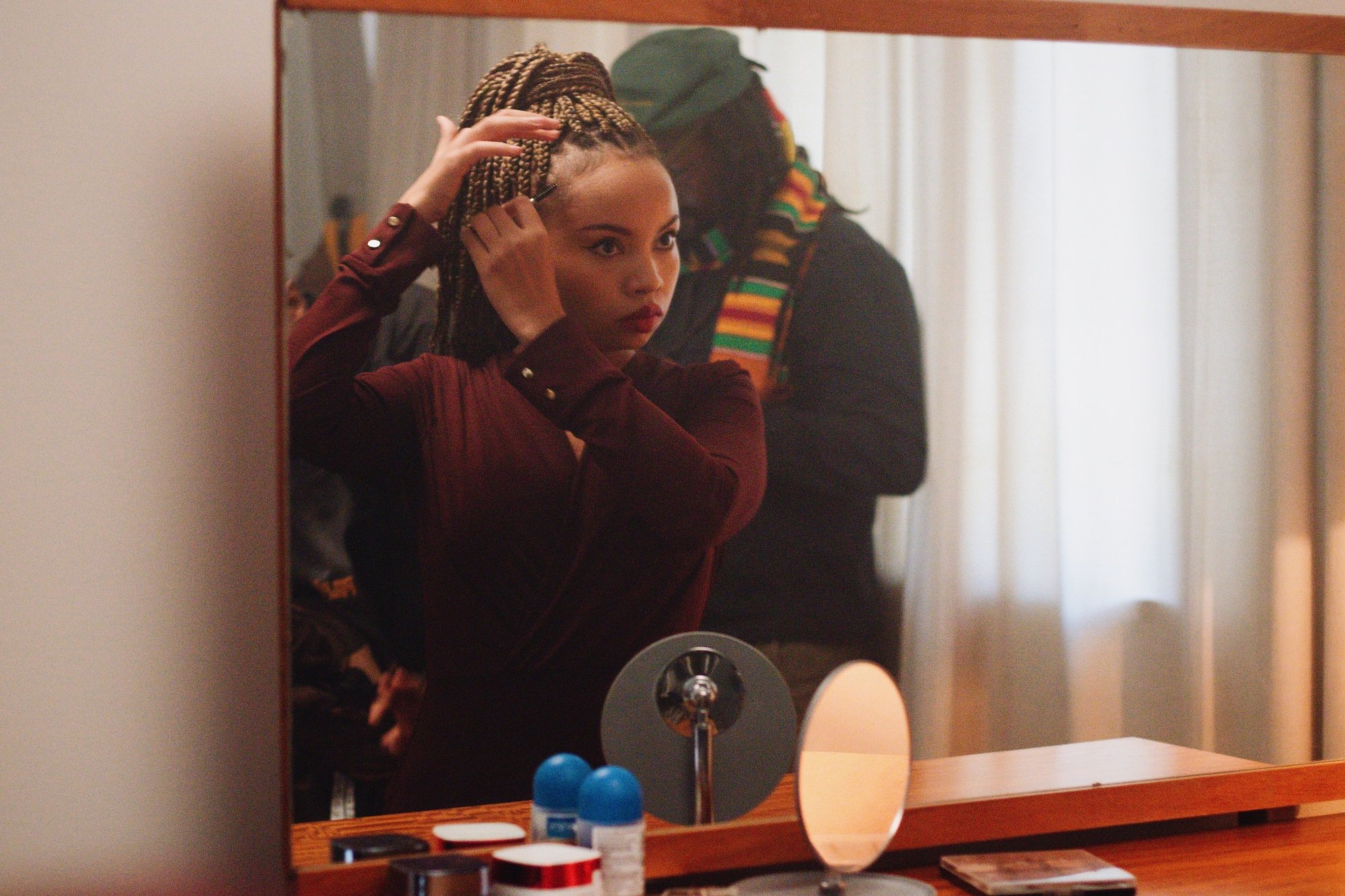
Banerjee, an award-winning director from India, explains the five directors were selected by MTV’s initiative and brought together into a virtual writers room in early February 2023. Their writing was bolstered with insights from lead researchers and academics who shed light on various themes of gender equality.
“The idea of each of our films was to speak about our topic but to make sure to speak about it from the lens of our culture,” Banerjee explains in an interview with Mashable. “And while we’re doing that, we’re still keeping it universal so that the films can still connect to one another.”
Each of the directors ventured to tell their own stories set in a distinctive cultural sphere and context, though all the films were shot over the course of a month in Johannesburg, South Africa. The stories float across genre, subject, and cause. There’s a horror short based in Kenya that centers a young woman diagnosed with HIV; a comedy-drama about an American teenager who can’t afford menstrual products; a drama about a Brazilian woman grappling with motherhood and mental health. The women are seen in their homes, cars, and classrooms, also in hazy house parties and busy hair salons. The issues are nuanced, as are their representations, and each speaks to a lesser-known aspect of the societies they cover.
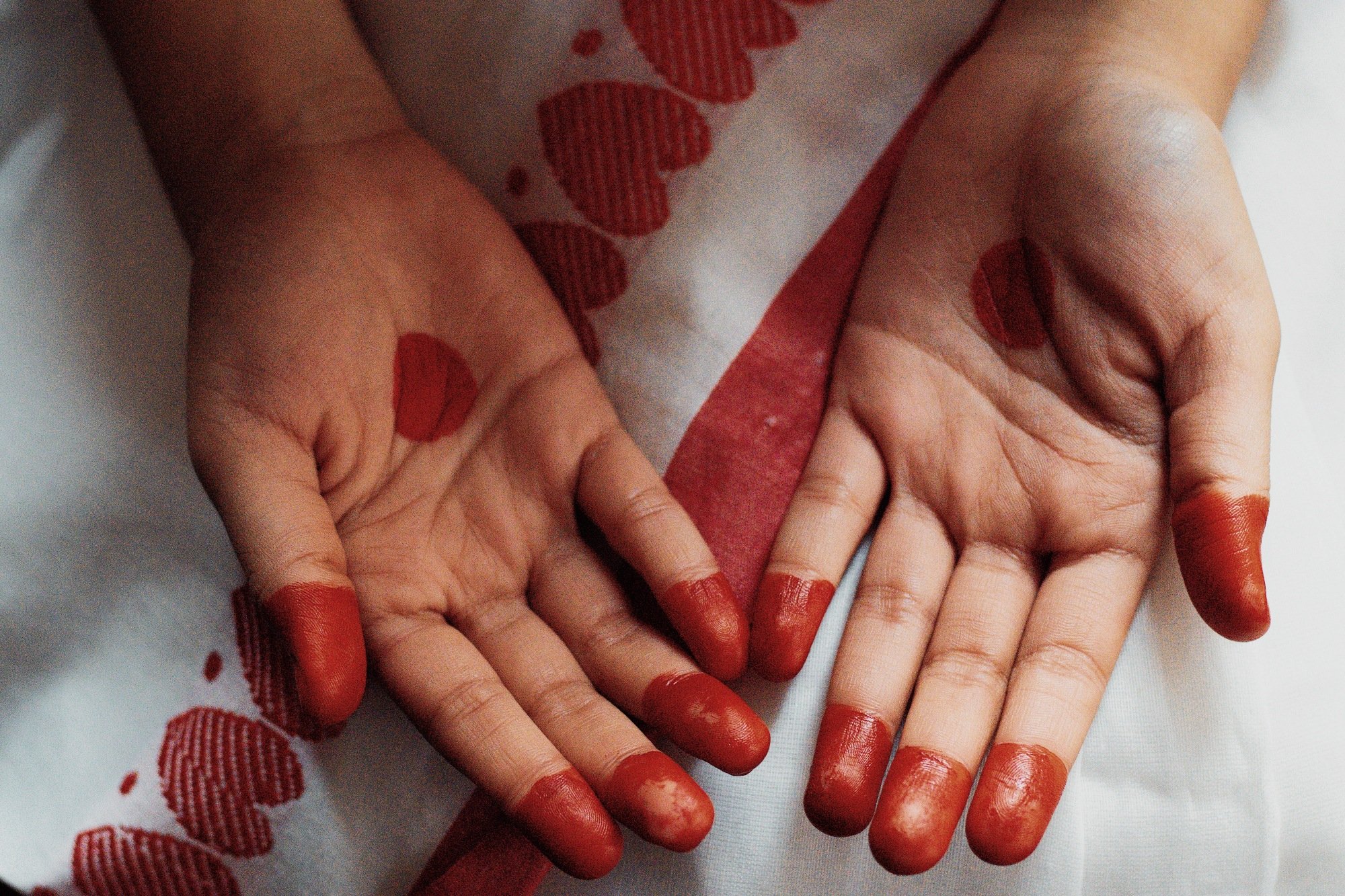
“In Bloom connects the dots and brings to light ‘silent pandemics’ that affect not just women and girls, but our global communities,” says Wame Jallow, executive director at MTV’s Staying Alive Foundation, adding that each project “enable[s] thought-provoking reflections on gender.”
Banerjee directed Alta, a Bengali drama film based in West Bengal, starring Mazel Vyas. Sitting at about eight minutes long, the short concerns a cocoon of issues impacting young women in India, examining the worth of life and themes of trust, innocence and betrayal. In the film, a teenage girl has locked herself away in the bathroom of her home, with her helpless father trying to get her out. But things aren’t as they seem, which Banerjee conveys through language both heard and seen.
“There’s something a lot more sinister going on and a lot of the relationships are not as simple as they seem,” Banerjee says.
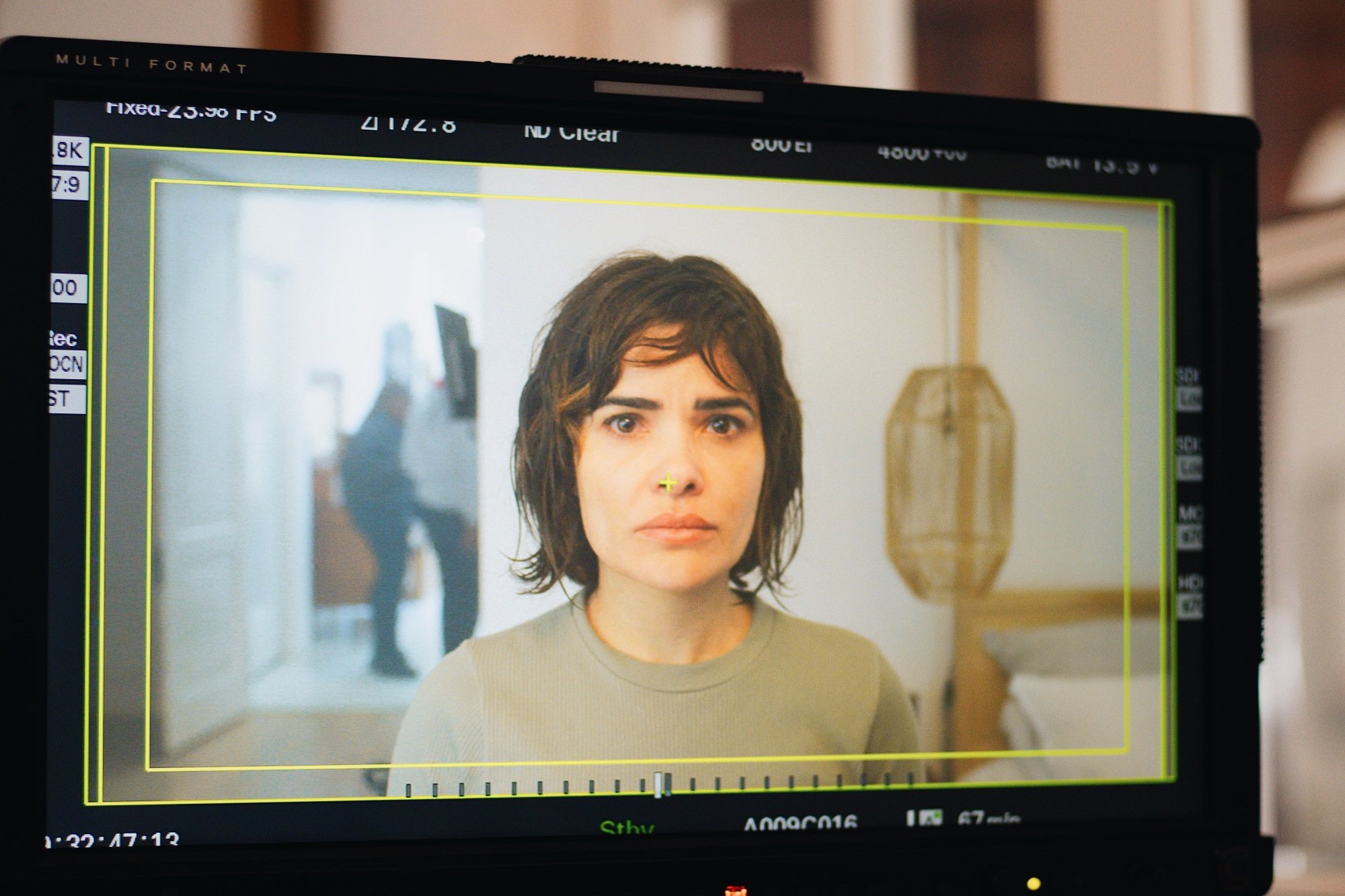
One of the connecting motifs between each film, Banerjee explains, is that of mirrors. In each film, the protagonist faces a transformative moment when she sees her face in a mirror. It is then that she grapples with the issue she is facing, one that is strikingly personal yet universal.
“Every single character in the films have a moment when they engage with themselves in the mirror, which becomes a pivotal moment for the character, where they decide: ‘I’m going to do things differently’, or ‘I accept my fate’, or ‘I’m going to fight against what’s happening to me'”, says Banerjee. The storytelling power of these moments is apparent in each film, when choices and circumstance come together and change, in ways both big and small, is fostered.
In Bloom is available to watch now on Paramount+ and Pluto TV.
